[ad_1]
Let’s start with a bit of Irish history. Like many parts of the world, Ireland was ruled by the imperialist British well until the early years of the last century. Then, as the rebellions got too much to handle, the Brits granted independence to all 32 counties under their rule, except six, and the Republic of Ireland was formed in 1922.
The six counties situated in the northern part of the island remained under the crown for one reason: religion. The majority of the population here, like in Englahd, was Protestant. Only 6,00,000 Catholics lived here at the time, out of a total population of 1.6 million.
If this is sounding like a Hindu-Muslim potboiler, read on.
In the 100 years that followed, the Catholics have reproduced faster than the Protestants. The 2001 census pegged the number at 48 per cent with a Protestant majority. But in 2021, the Catholics seem to have overtaken their Protestant counterparts in Northern Ireland.
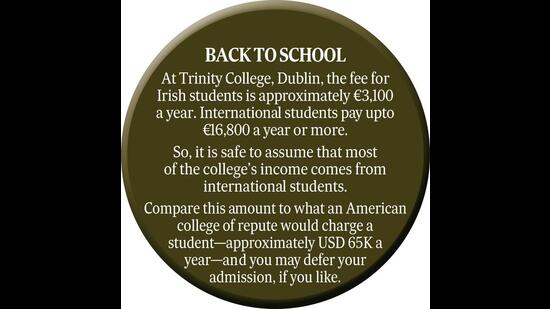
Does this mean the six counties the Irish call “Northern Ireland” will now be turned over to the Republic of Ireland?
(Note the nuance: Irish citizens feel “North Ireland” sounds like a country, so they insist it be called ‘Northern Ireland’ instead.)
These political power games may be a lot to stew over. But for us Indians, with a similar imperialist past and religious strife, the stories are relatable and robust.
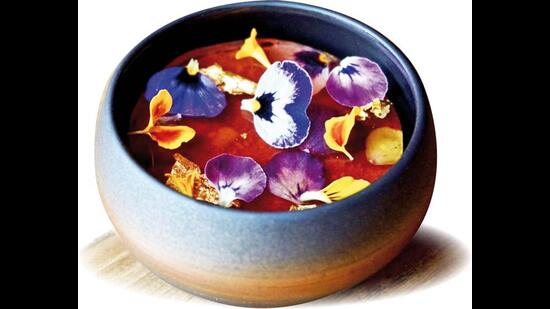
The good news is this: The entire island of Ireland, consisting of both parts, is devoid of border controls and other divisive tactics. Citizens are allowed to work and live wherever they feel comfortable, and there is no restriction of movement from north to south. The parts ruled by the UK use the British pound as legal tender, and the Republic of Ireland uses the Euro. When I drove from Belfast to Dublin, I only realised I was in the Republic of Ireland when my phone service provider texted me a welcome.
Same, but different
My Dublin guide is disappointed I don’t share the same strong sentiment against the British as she does. “But they were so unfair to your countrymen too,” she goads, only to get a beatific smile in return. Mahatma Gandhi would be proud.
Her walkaround, however, points me to several Indian connections I was fascinated to know about.
For one, both national flags of the Republic of Ireland and India are referred to as tricolours, and carry the exact same colours in a different formation. On the Irish flag, the green stands for the Roman Catholics, the orange for the minority Protestants, and the white is for the truce between them.
(Interestingly, the Dublin City Council has a green and yellow flag with a harp on it—a popular Irish symbol mostly seen in pubs and on beer bottles. The colours of this flag are the same as the colours of the national flag of Brazil, and while there may be no connection, a sizable population of Brazilians resides in Dublin.)
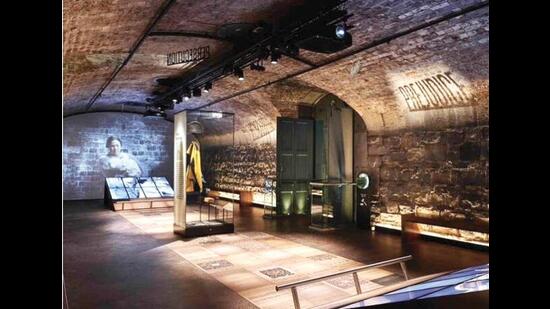
Another connect with India includes the proud belief of the Dubliner that the first Indian restaurant in their city predates the one in England. Also, Ireland had a prime minister of Indian descent, Leo Varadkar, an openly gay man, before the UK had Rishi Sunak.
As in India, the influence of the English language amongst the younger lot of people is prominent. In fact, a college entrance exam for local students requires them to get a minimum grade in an Irish language paper. But since many youngsters are so poor at speaking Irish, they are sent off to boarding houses in the west where they are coached in schools, and the matrons in their hostels speak only Irish.
“As you drove from Belfast to Dublin down the coast, did you realise we have no trees at all?” my guide asks me, showing that the wounds inflicted still run deep. “There was massive deforestation conducted by the British to build ships for the Royal Britannia army, while Irish ships were restricted to a much smaller size. We didn’t participate in the Second World War because we didn’t have anything to work with.”
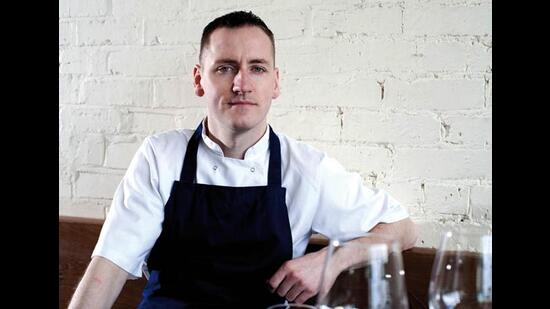
Literary love
The centrepiece of Dublin has to be Trinity College in the posh southern part of the city. The north is more working class, but, as a northerner told me, “If the Southsiders think they’re posh, they’ve got notions!”
Trinity College was founded by Queen Elizabeth I in 1592 when she realised her subjects from Ireland were going to Italy and France to be educated and were being “Vaticanised.” When built, the college was located outside the main city, but it is now a thriving university in the centre of town with over 20,000 students and a set of activities that visitors can participate in for several days without any being repeated.
(FYI: As in any country that encourages freedom of speech, there’s a movement on campus to “keep tourists out”… just like the hashtag against immigrants that was trending the day I arrived: #IrelandIsFull.)
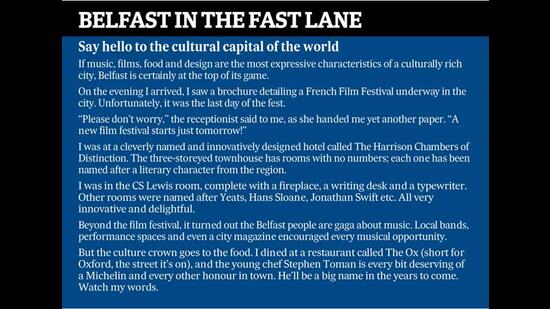
The college has been home to students like Oscar Wilde and Samuel Beckett, and houses a stunning library and depository that has some of the most valuable original prints in the world. This library also houses the Book of Kells, the ancient illustrated manuscript containing four gospels, which has been there since the 17th century.
Celebrating the diaspora
On my last day in the city, I visited the unique Emigration Museum in Dublin, which celebrates all those people of Irish descent who have moved to different parts of the world for a variety of reasons.
The stories are presented in a new-age audio visual format. A monument for those immigrants forced out of their own land dots the streets outside. But a simple walkthrough is all it takes to know that this museum isn’t all sob stories and no fun.
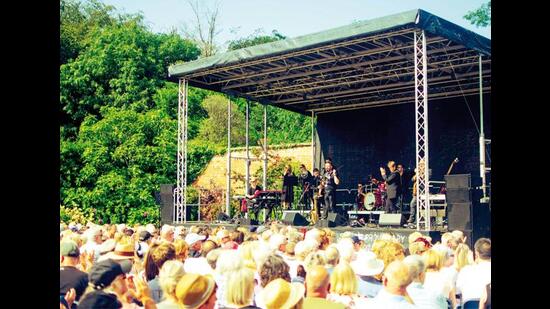
The stories you hear throw up names like Conan O’Brien, Charles de Gaulle, John F Kennedy, Richard Gere… all people of Irish descent who’d left their shores to find a better life elsewhere.
The poignant stories and pride made me wonder: how long before India celebrates achievers from our country who many not be our citizens, but will remain Indian at heart forever?
Follow @JamalShaikh on Instagram and Twitter
From HT Brunch, January 7, 2023
Follow us on twitter.com/HTBrunch
Connect with us on facebook.com/hindustantimesbrunch
[ad_2]
Source link



